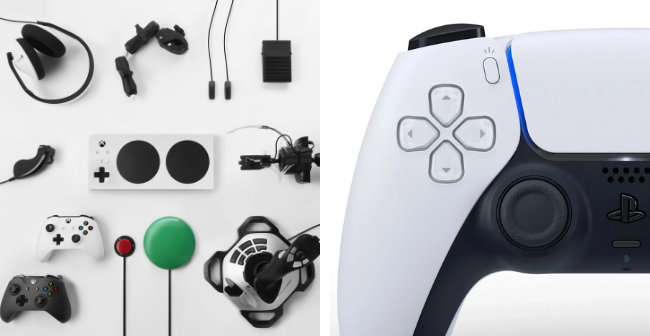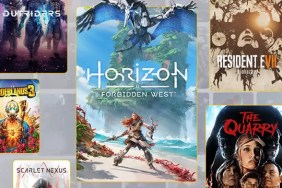With the heat from the next-gen kitchen getting hotter and hotter, any and all announcements from Sony pertaining to the PlayStation 5 are going to make the news. Some of that news happened today in the form of a welcome announcement that the PS5 will be mostly compatible with PS4 controllers and peripherals, especially when it comes to the…






